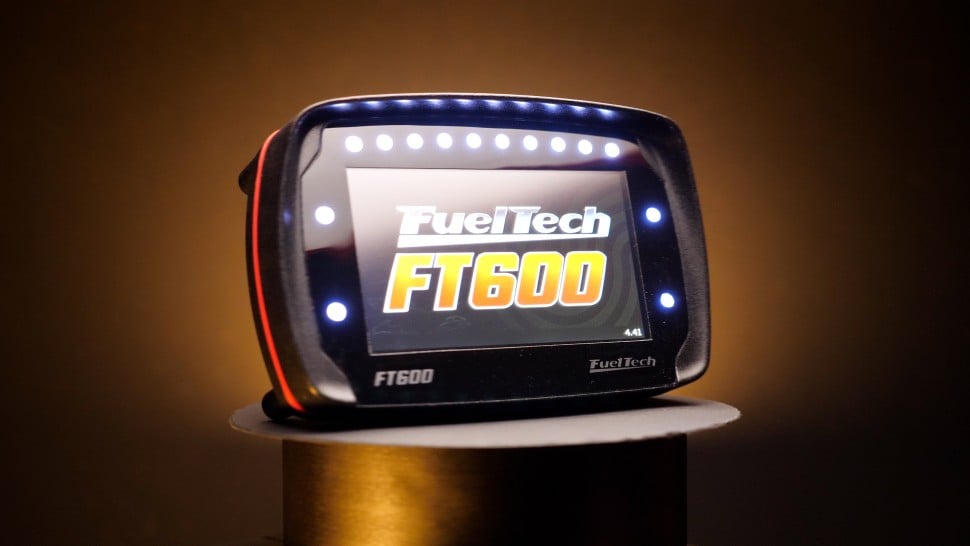| 00:00 |
Tuning the mid-range parts of the ignition map on the road is a little more difficult than on the dyno since we have no torque output to tell us where the MBT timing is.
|
| 00:09 |
Our only option here is to avoid detonation and ensure that the numbers are smooth and safe.
|
| 00:14 |
Unfortunately, this will almost inevitably result in a compromise in torque, compared to an engine that has been properly tuned on a dyno.
|
| 00:22 |
This is something you need to accept if you want to road-tune rather than use a dyno.
|
| 00:28 |
The numbers we entered into the ignition table, during the initial table configuration, should be a good place to start and shouldn't result in detonation.
|
| 00:37 |
At full throttle, which we'll look at shortly, we're going to rely on finding the knock threshold of an engine to set our ignition timing.
|
| 00:45 |
Even on an engine that is knock-limited at full throttle, we'll often find that, at light load and low RPM, the engine won't be knock-limited.
|
| 00:53 |
This means we could keep advancing the ignition timing and find that we are massively over-advanced compared to MBT.
|
| 01:01 |
There's no simple way around this, and my technique is to start by ensuring the base map is safe.
|
| 01:08 |
We do this by driving the car through each zone in the ignition map, and making sure that we have no sign of detonation.
|
| 01:15 |
If, at any point, we do hear detonation, we need to stop and remove two to three degrees from that area of the map.
|
| 01:23 |
Once I've checked the base ignition map and I know it's safe, I'll move to the full throttle tuning where we're able to set up the wide-open throttle area of the ignition map.
|
| 01:34 |
If I find that at full throttle, for instance, the engine will accept another four or six degrees throughout the rev range, I would try advancing the entire ignition map by four to six degrees and the RPM ranges I tested at wide-open throttle.
|
| 01:49 |
My theory here is that an ignition map will normally retain a smooth and consistent shape.
|
| 01:55 |
If we find the engine will take more timing at full throttle, where we can usually find the knock limit, there's a good chance that it wants this extra timing at the lower load areas too.
|
| 02:05 |
Doing this will keep the overall shape of the ignition map and just raise all of the numbers.
|
| 02:12 |
I've developed this technique from the experience I've gained dyno-tuning, and it's been exceptionally reliable and accurate.
|
| 02:19 |
Without a dyno to confirm torque, I would limit my maximum advance, at low load, to around 40 degrees though.
|
| 02:28 |
If we raise the entire ignition map while tuning the full power timing, we'll want to come back and revisit the part throttle numbers to just confirm we aren't hearing any detonation at these points.
|
| 02:40 |
This does add some time to the job as we're basically doubling-up on the ignition tuning.
|
| 02:48 |
By the end of this module, you should understand the limits of tuning the ignition map on the road, and how to approach the job.
|
| 02:56 |
By now, you should have a thoroughly tuned engine through most of the map, and you'll already have a result that's superior to what the majority of professional tuners provide.
|
| 03:06 |
We're now ready to move on to the full power tuning.
|





